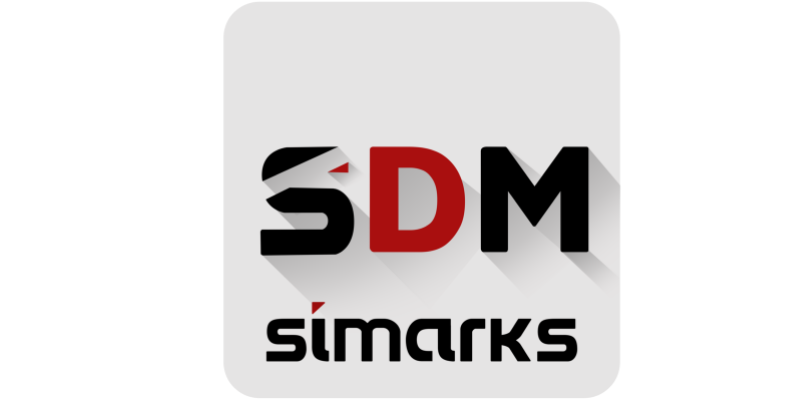
Simarks Deployment Manager

Based on a patented technology of privilege management at process level, Simarks SDM allows to build an application corporate catalog where the end user is who installs the applications without granting him administrator permissions. This approach allows
complete implementation of the principle of least privilege without affecting the productivity.
| Attachment | Size |
|---|---|
| 1.34 MB | |
| 758.54 KB | |
| 754.92 KB | |
| 815.16 KB | |
| 931.8 KB |
Benefit for Customer:
Application Management remains one of the unsolved problems, in an efficient way, for organizations with certain number of workstations.
The choice between security and productivity takes to strategic decisions that do not provide a suitable solution altogether. The safer the less productive a system is.
Windows systems require administrator permissions to install software but lack the flexibility to not penalize productivity.
Traditional solutions are based on the use of accounts with administrative rights that, in most cases, are different to the ones which finally make use of the applications.
This entails a tedious problem that requires a laborious process of remediation and configuration to be done after installation and considerably lengthens the integration of new applications, as well as the risk of compromising the administrator password.
Simarks Deployment Manager (SDM) provides a solution with a completely different and innovative approach. Based on a patented technology of privilege management at process level, Simarks SDM allows to build an application corporate catalog where the end user is who installs the applications without granting him administrator permissions. This approach allows complete implementation of the principle of least privilege without affecting the productivity.
More info:
The end user accesses the corporate application catalog where he can access only those applications the administrator has authorized to him.
This authorization is based on a wide range of filters, both inclusion and exclusion, as a user, group, computer, brand, model, department, subnet, site, role, S.O. version, 32/64 bits, etc.
Although focused on self-service, SDM provides a complete and improved system of traditional distribution, automatic and unattended, enabling the deployment of applications in stages, allowing the same application to be deployed automatically for users which meet certain filters while others are offered the possibility of installing on demand.
SDM is based on Active Directory and does not require additional elements (servers, databases, etc.). It only requires shared resources to store binary files. There are three operating
environments integrated with each other (test, pre-production and production) in the same instance of Active Directory. The production repository can be replicated, allowing the user to
access always the nearest one.
The main element of SDM is the process. Any software package is configured as a succession of commands to execute in order to install, uninstall, update, etc. This feature allows you to add an element whose command is the execution of an administrative task such as changing the network configuration, install a printer driver, adjust the clock, etc.
• On Demand Application Management: effective solution that allows users to install, update, etc., any application from the catalog which is authorized without granting him administrator permissions.
• Maximum flexibility: self-service distribution based on a wide range of filters, both inclusion and exclusion (user, group, computer, model, brand, department, subnet, place, role, OS
version, 32/64 bit architecture, etc.).
• Multiple deployment methods:
- Installation/Update mandatory and automatic.
- Installation/Update on demand (possibility for the user to install when they want).
- Periodic execution of administrative tasks.
- Automatic repairing and troubleshooting.
- Automatic application uninstalling.
- Automatic and unattended updating.
- Emergency Distribution. Ability to run specific commands configured by the administrator in case of emergency.
• Scripting Language: specially designed for application management.
• Flexible and centralized management: management tool based on MMC (Microsoft Management Console). Active Directory-based, uses all its power for the replication of objects and bandwidth to access the closest domain controller.
• Repositories: SDM stores the contents of the installation products (binary, CD content etc.) in shared resource folders that can be hosted on any server, including the cloud.
• Logs: Integration with any SIEM system.
• Statistics: report use of applications and processes for license control, unauthorized software, etc.
• Reports: possibility of a wide range of reports.
• Cost reduction: drastic reduction of Total Cost of Ownership (TCO) of the computers of the organization.
• Efficiency: significant reduction in Help Desk support.
Resources for EU Research
Resources for SMEs
News & Events
Reports
Cyberwatching.eu has received funding from the European Union’s Horizon 2020 research and innovation programme under grant agreement No 740129. The content of this website does not represent the opinion of the European Commission, and the European Commission is not responsible for any use that might be made of such content. Privacy Policy | Disclaimer / Terms and Conditions of Use
